Blue Varieties Of Cactus: Why Are Some Cactus Blue
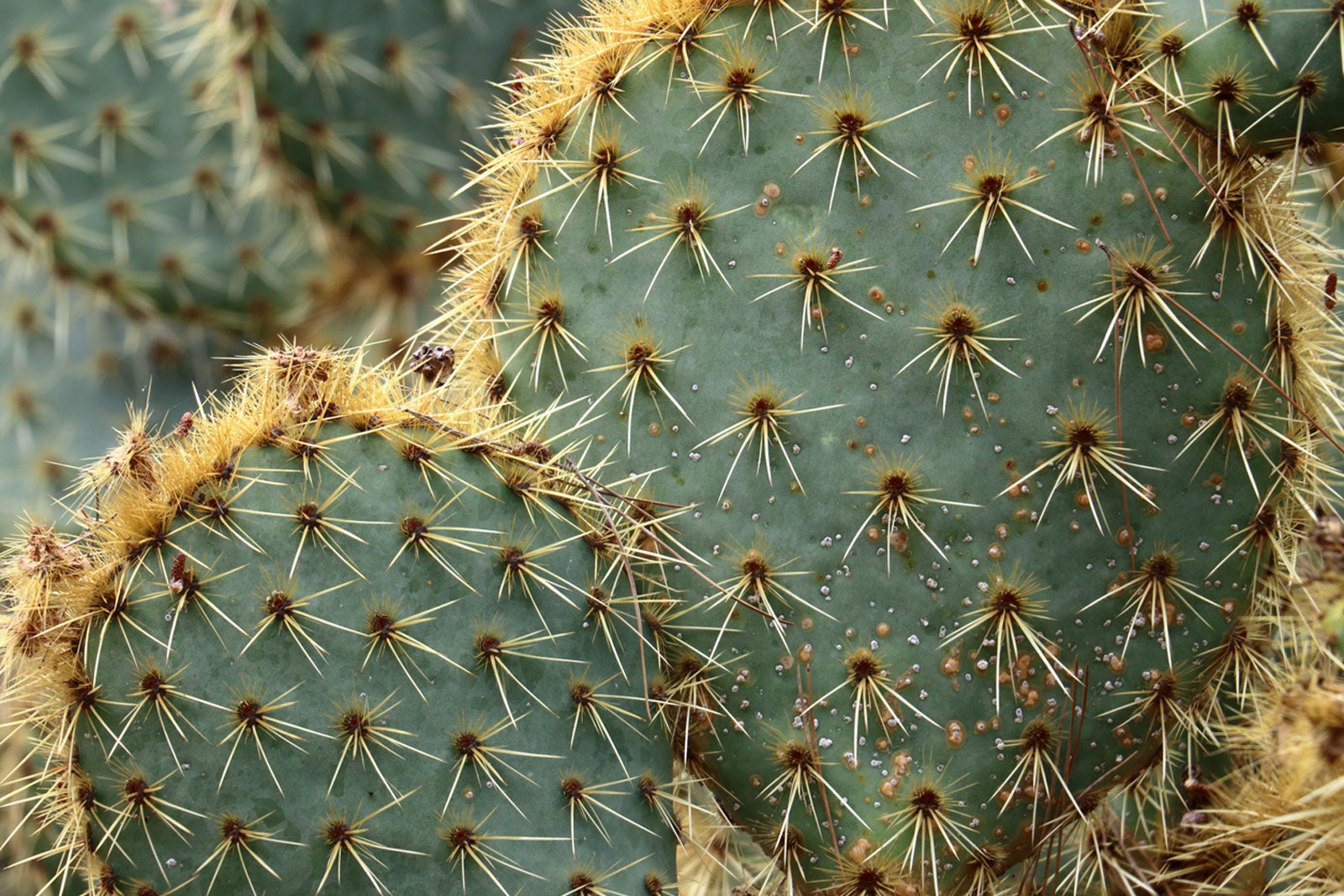

In the cactus world, there is a diverse variety of sizes, forms, and colors. Blue varieties of cactus are not as common as green, but they do occur and offer a unique opportunity to bring in a tone that really has an impact on the landscape or even dish gardens.
Growing Cactus That is Blue
Feeling blue? Then try growing blue cacti. The sharp hue of these plants creates drama in the garden. There are many blue cactus types that offer some interesting difference of color combined with diverse forms and brilliant flowers.
Why are some cactus blue? The thought is that it is some sort of adaptation the plant has developed. Cactus plants are among the most adaptive plants known and have evolved all sorts of interesting coping mechanisms to survive in harsh environments. Blue tones may have evolved to protect the plant from sun or help deter certain pests. No one knows for sure exactly, but the color is not often found in nature and provides the gardener an opportunity for some astounding color combinations.
Blue Varieties of Cactus
If you want to try growing blue cacti, the challenge is to find one that suits your needs. There are big blue cactus types for the garden and smaller species that are better suited to indoor containers. Most blue cactus are desert varieties, meaning they should be outdoors only in southern regions or used as indoor plants for northern gardeners.
Some large types include:
- Pachycereus Elephant cactus – The ribs of many Pachycerus cacti are blue-green in color.
- Cholla cactus – Cholla cactus, like the chain fruit cholla, is grown in the south and southwest United States, and is a fuzzy blue.
- Opuntia – Some varieties of Opuntia cactus have distinctly blue skin leaning to a purple blue.
- Cereus Column cactus – Column cactus has an upright growth and definite blue skin.
- Pilosocereus – A Brazilian species, Pilosocereus, also known as tree cactus, is really powder blue!
If you want to grow an indoor cactus that is blue, you could choose from these options:
- Agave – A classic that comes in various sizes, agave is noted for its rosette form.
- Bishop's Cap – Bishop's cap is a small chunky cactus with no discernible stems in a five-point star form.
Since indoor cacti are bred with numerous interesting traits to draw in consumers, blue varieties in smaller plants are not as rare and are actually too numerous to mention. Go to your nearest home improvement or garden store and you will find many standard and grafted types from which to choose.
Gardening tips, videos, info and more delivered right to your inbox!
Sign up for the Gardening Know How newsletter today and receive a free copy of our e-book "How to Grow Delicious Tomatoes".
Notes on Blue Cacti
Many of the bluest varieties come from Brazil. They are among the most cold sensitive varieties. They love extreme heat and full, blazing sun. Always make sure the soil they are planted in is a bit gritty and drains well.
These cacti types don't need excessive nutrients in the soil and are easy to manage, with minimal water requirements. The blue notes really stand out among your regular green plants and draw the eye to such colorful specimens.

Bonnie Grant is a professional landscaper with a Certification in Urban Gardening. She has been gardening and writing for 15 years. A former professional chef, she has a passion for edible landscaping.
-
 8 Perfect Flowers To Plant With Tomatoes To Boost Yields & Banish Pests
8 Perfect Flowers To Plant With Tomatoes To Boost Yields & Banish PestsDon’t forget flowers when choosing companion plants for your tomato beds or pots. These pretty, fragrant blooms add beauty but are also highly beneficial.
By Mary Ellen Ellis
-
 Want The Longest Lasting Hydrangea Flowers? Grow These 8 Panicle Hydrangea Varieties
Want The Longest Lasting Hydrangea Flowers? Grow These 8 Panicle Hydrangea VarietiesFor ornamental shrubs that deliver the longest flowering seasons with plush blooms and delicate hues, these panicle hydrangea varieties are essential in your yard
By Tonya Barnett
-
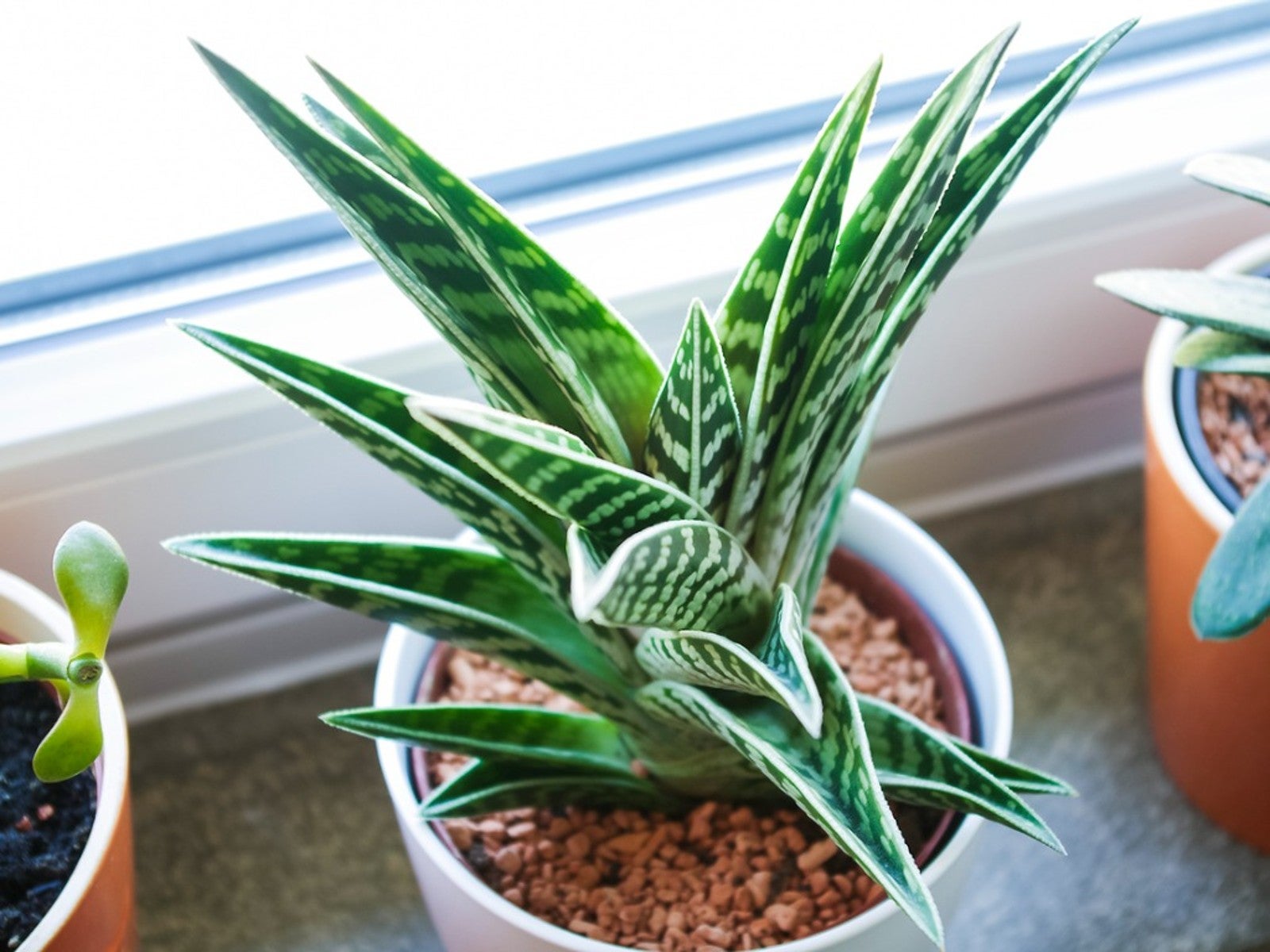 Variegated Succulents To Add To Your Plant Collection
Variegated Succulents To Add To Your Plant CollectionRead about some of the pretty variegated species that add beauty and interest to your succulent collection.
By Becca Badgett
-
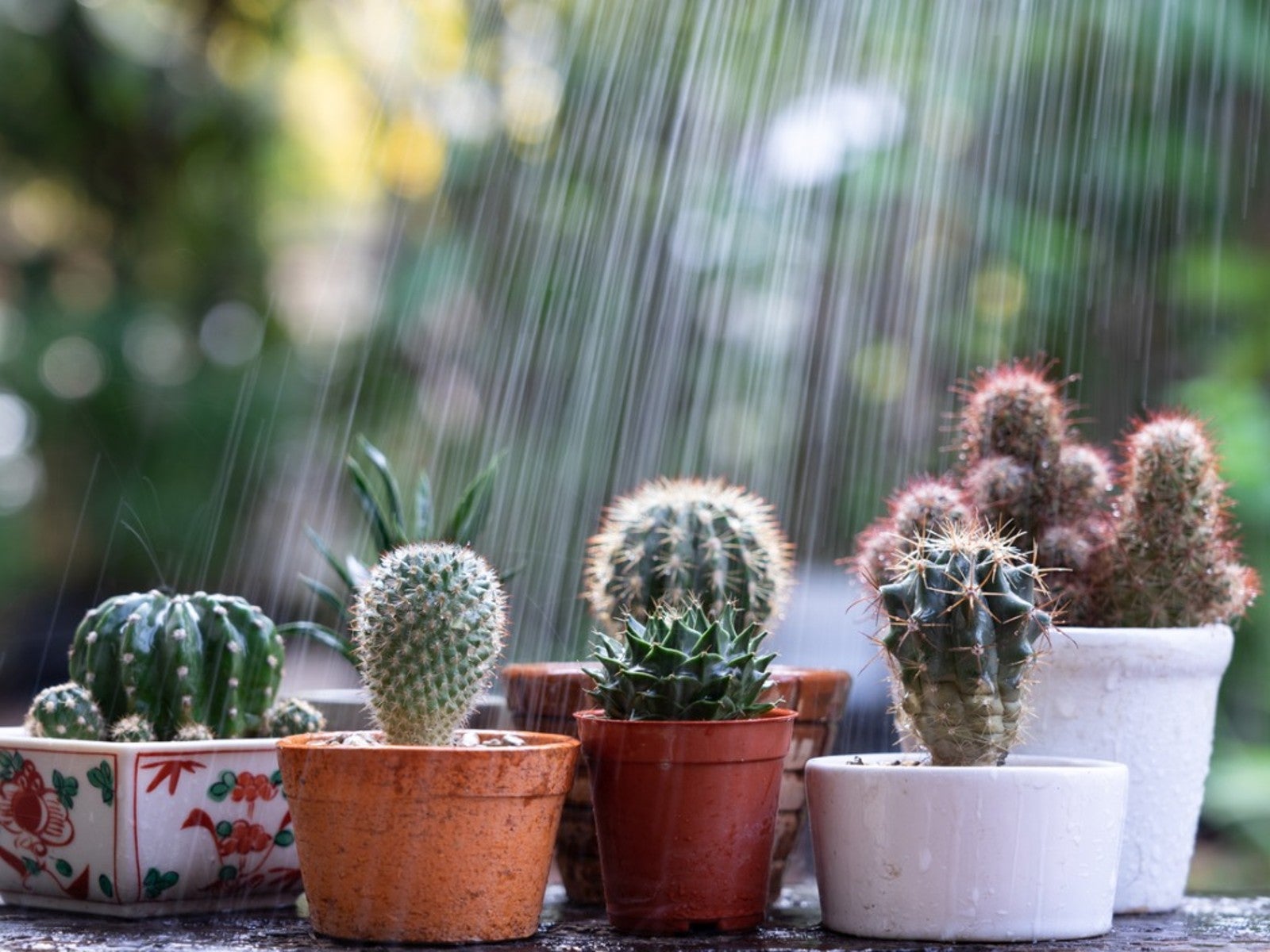 How To Protect Succulents And Cacti From Rain
How To Protect Succulents And Cacti From RainRain has the potential to cause damage to our cacti and succulents. However, when planted in proper soil, rainfall may perform as just a deep watering. Read on for more.
By Becca Badgett
-
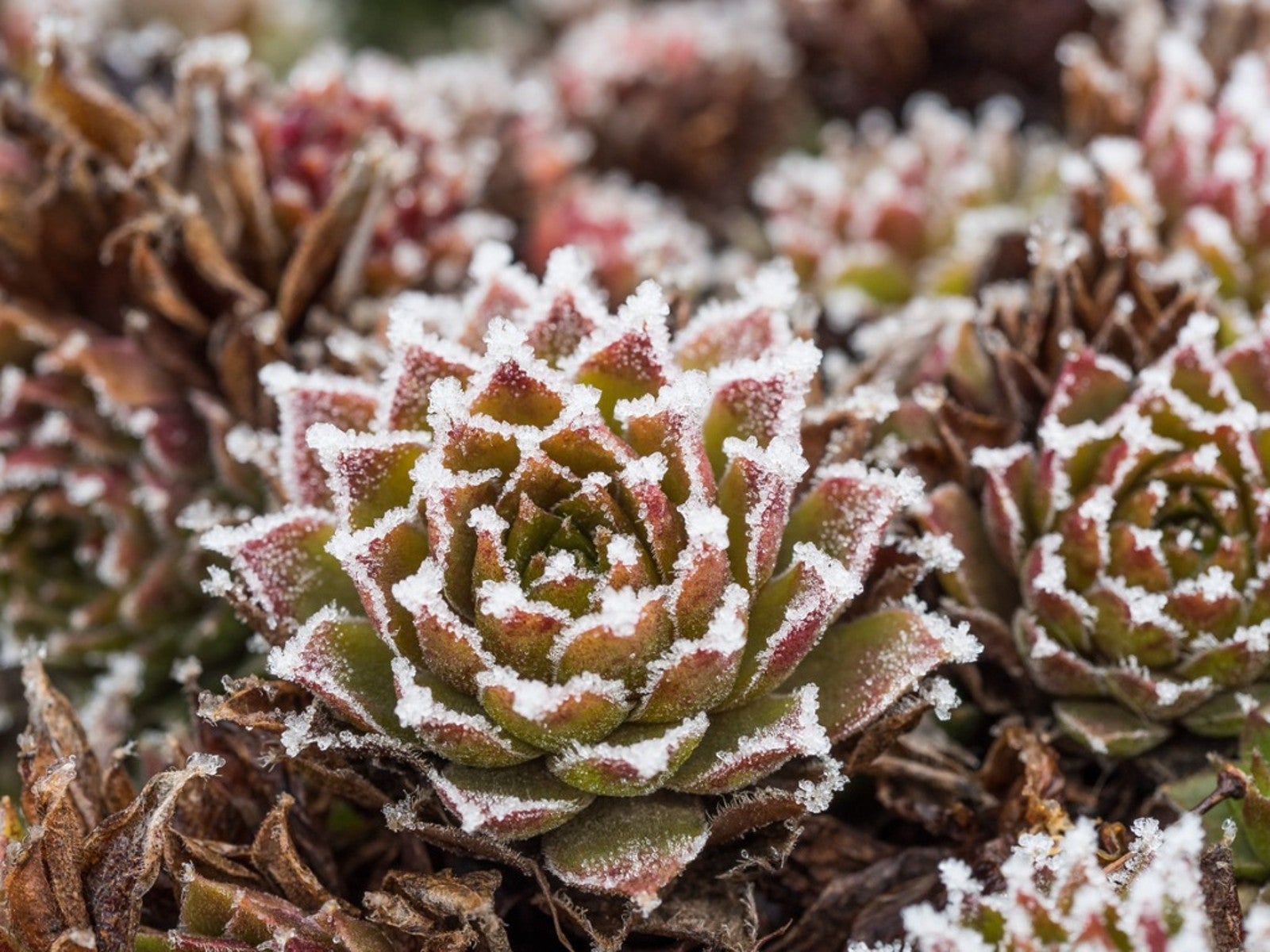 Succulents and Frost: How To Save A Succulent From Frost Or Freeze
Succulents and Frost: How To Save A Succulent From Frost Or FreezeCan succulents withstand cold? Succulents and frost don't traditionally go together and can result in damage, but you may be able to save frozen succulents.
By Bonnie L. Grant
-
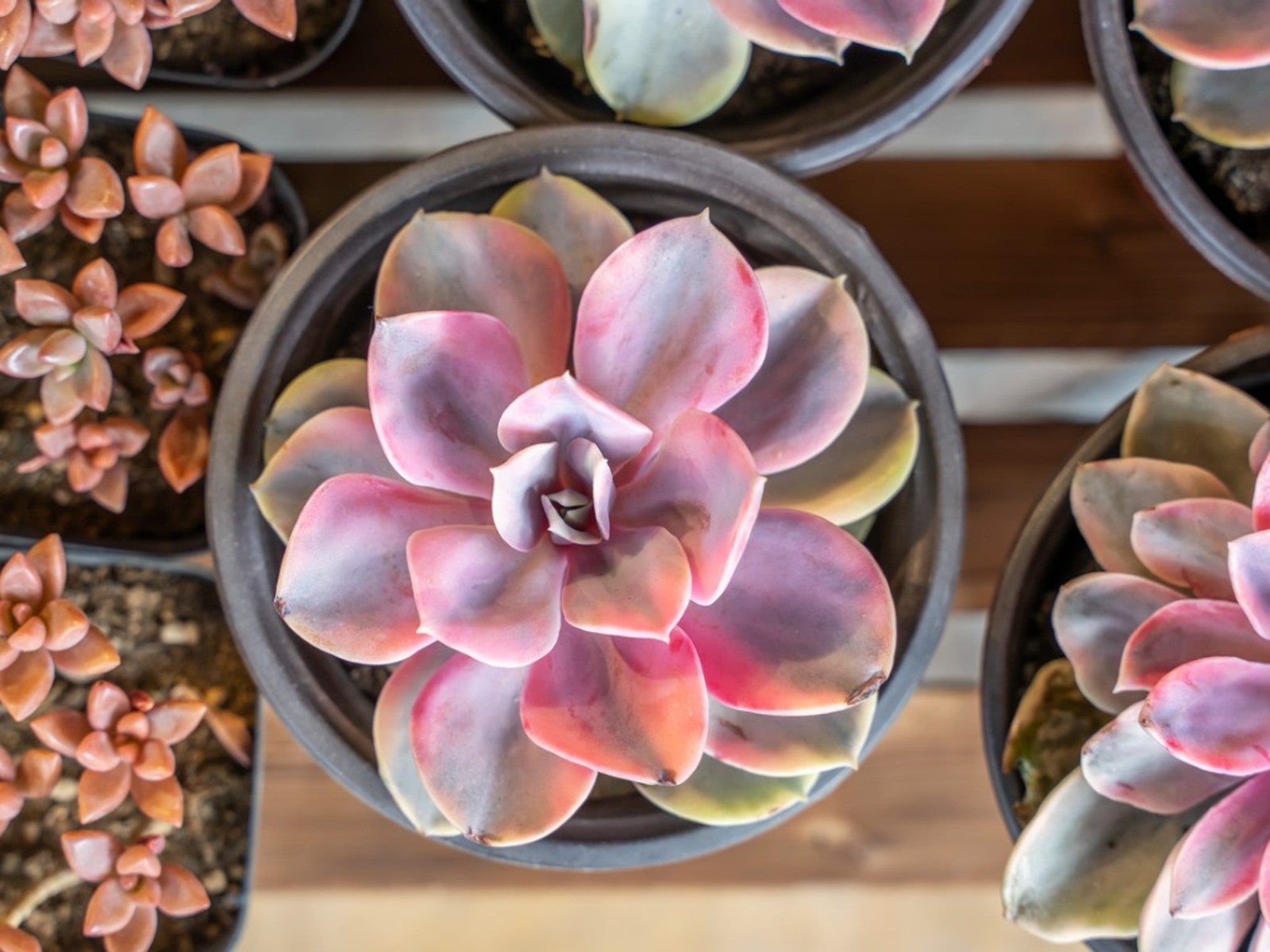 Pink Succulents Varieties To Try: How To Grow Perfect Pink Succulent Plants
Pink Succulents Varieties To Try: How To Grow Perfect Pink Succulent PlantsPink succulents may display the color on leaf edges or with streaks or blotches mingled throughout the foliage. Here are our favorites.
By Becca Badgett
-
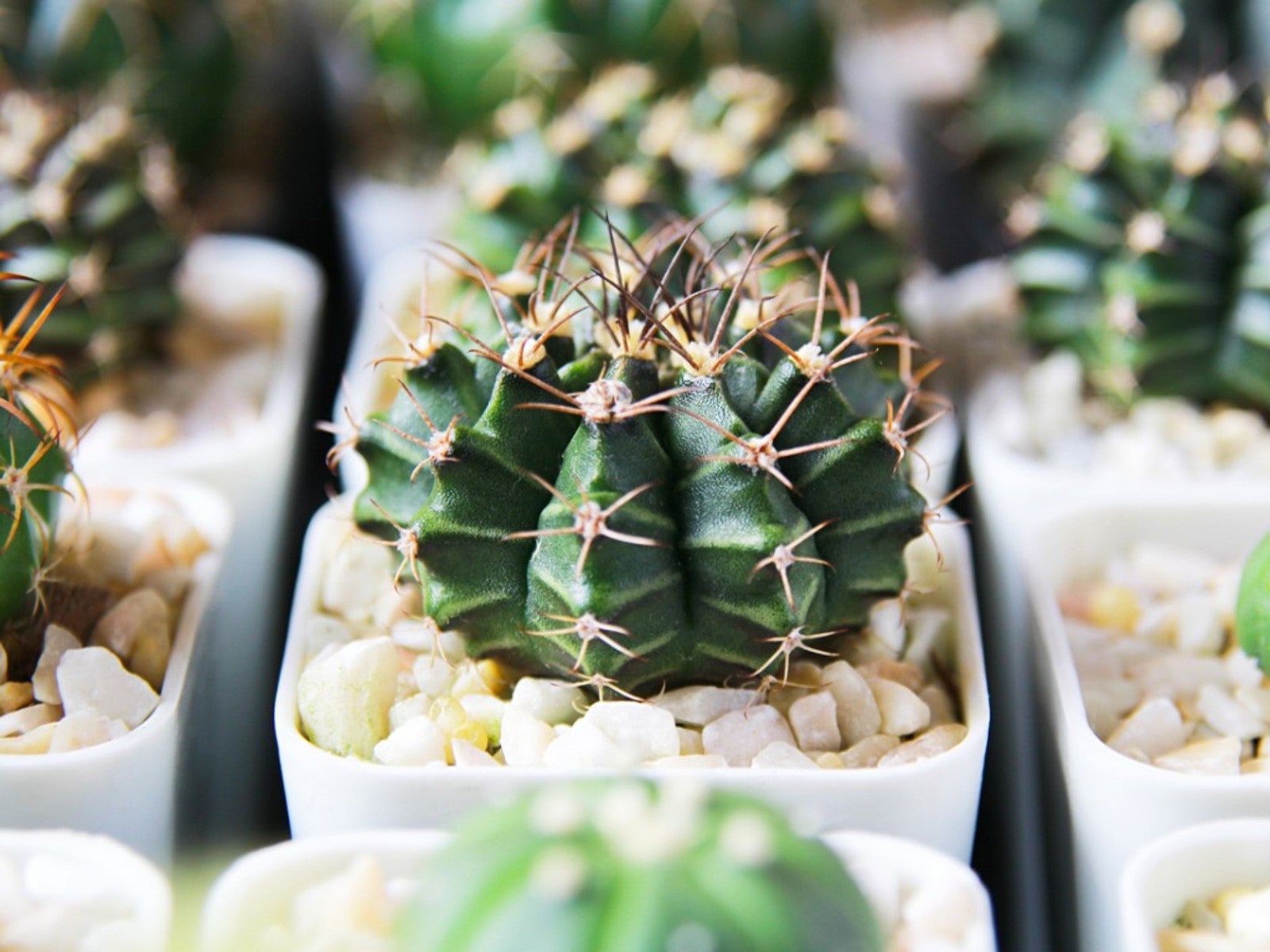 10 No Fuss Cacti - What’s The Best Low Maintenance Cactus
10 No Fuss Cacti - What’s The Best Low Maintenance CactusIf you’re thinking of adding plants to your collection, consider no fuss cacti. Click here for an easy cacti list, even for beginners.
By Becca Badgett
-
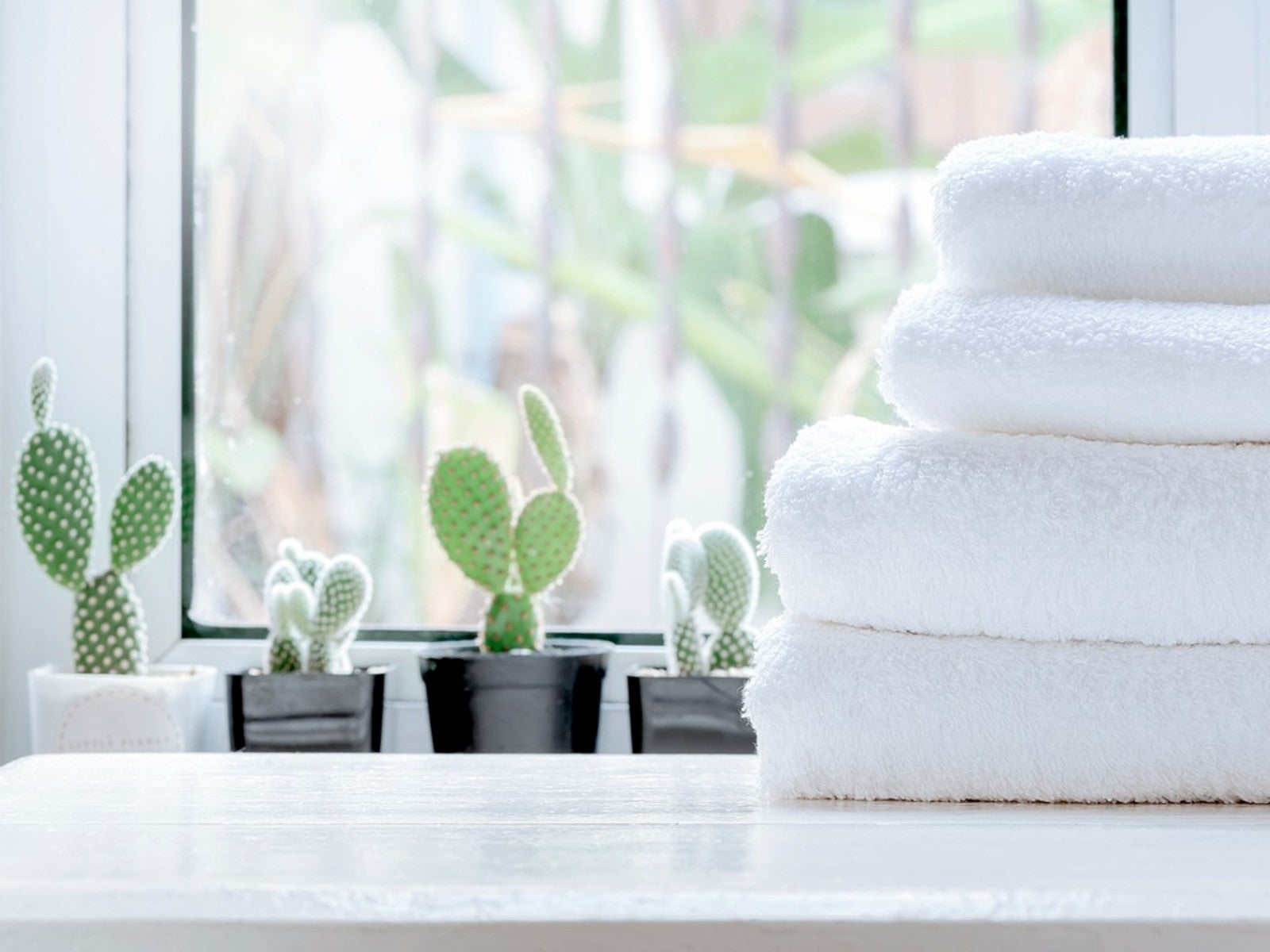 5 Best Succulents For A Bathroom
5 Best Succulents For A BathroomSome succulents can be great options for bathroom decoration. Read on for our top five bathroom succulent ideas.
By Becca Badgett
-
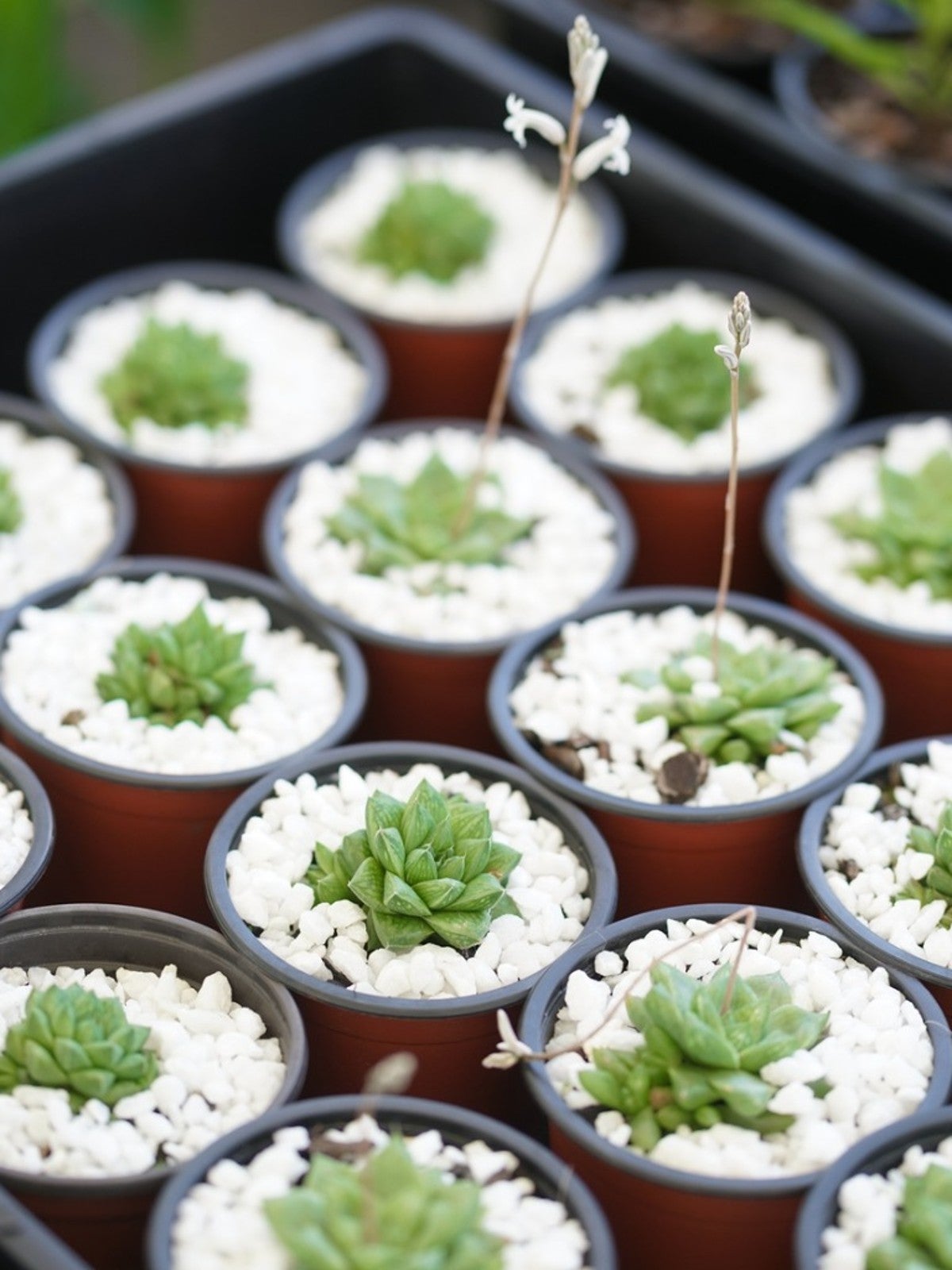 What Is A Succulent Starter Kit - Best Succulent Starter Kits
What Is A Succulent Starter Kit - Best Succulent Starter KitsWhile garden kits are not the most inexpensive option for growing succulents, they do include everything you’ll need. Grow succulents from seed by using a succulent seed starter kit to learn the process and to check your results.
By Becca Badgett
-
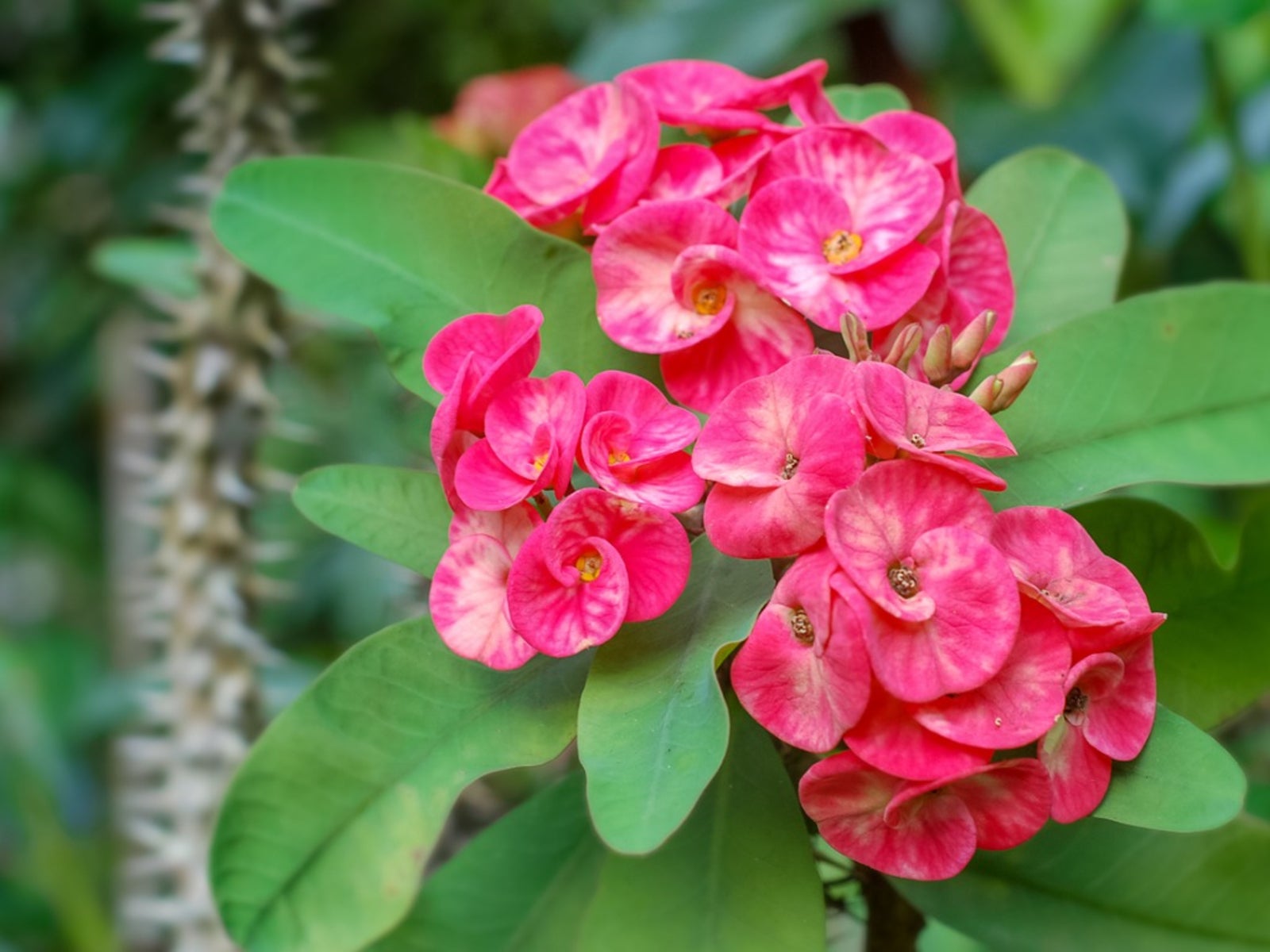 Dazzling Succulents - Succulents With Striking Flowers
Dazzling Succulents - Succulents With Striking FlowersWhen you think of succulents you may just envision their unique leaves and stems. But succulents also produce bright and bold flowers in the right conditions. Read on to learn more.
By Bonnie L. Grant